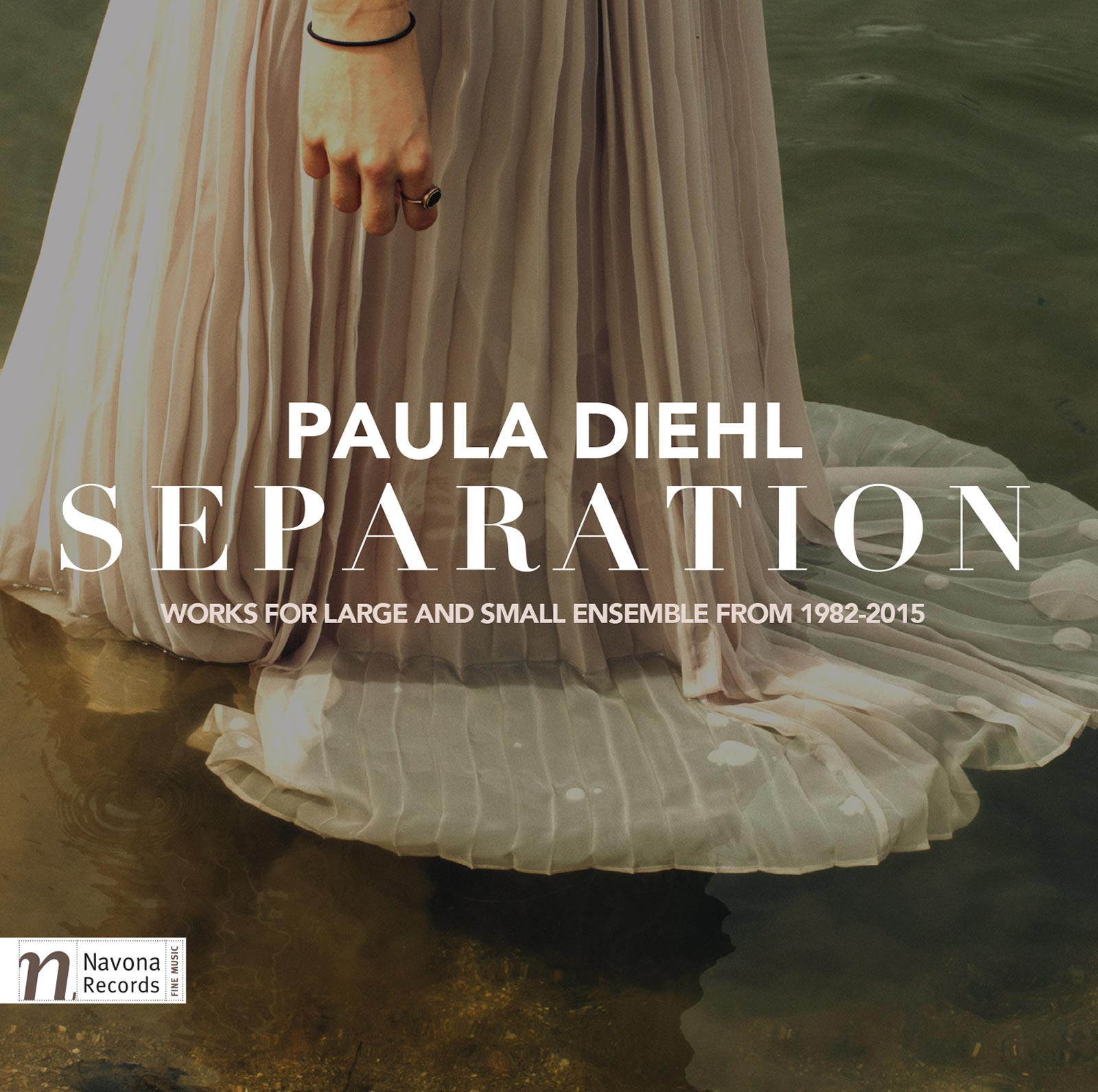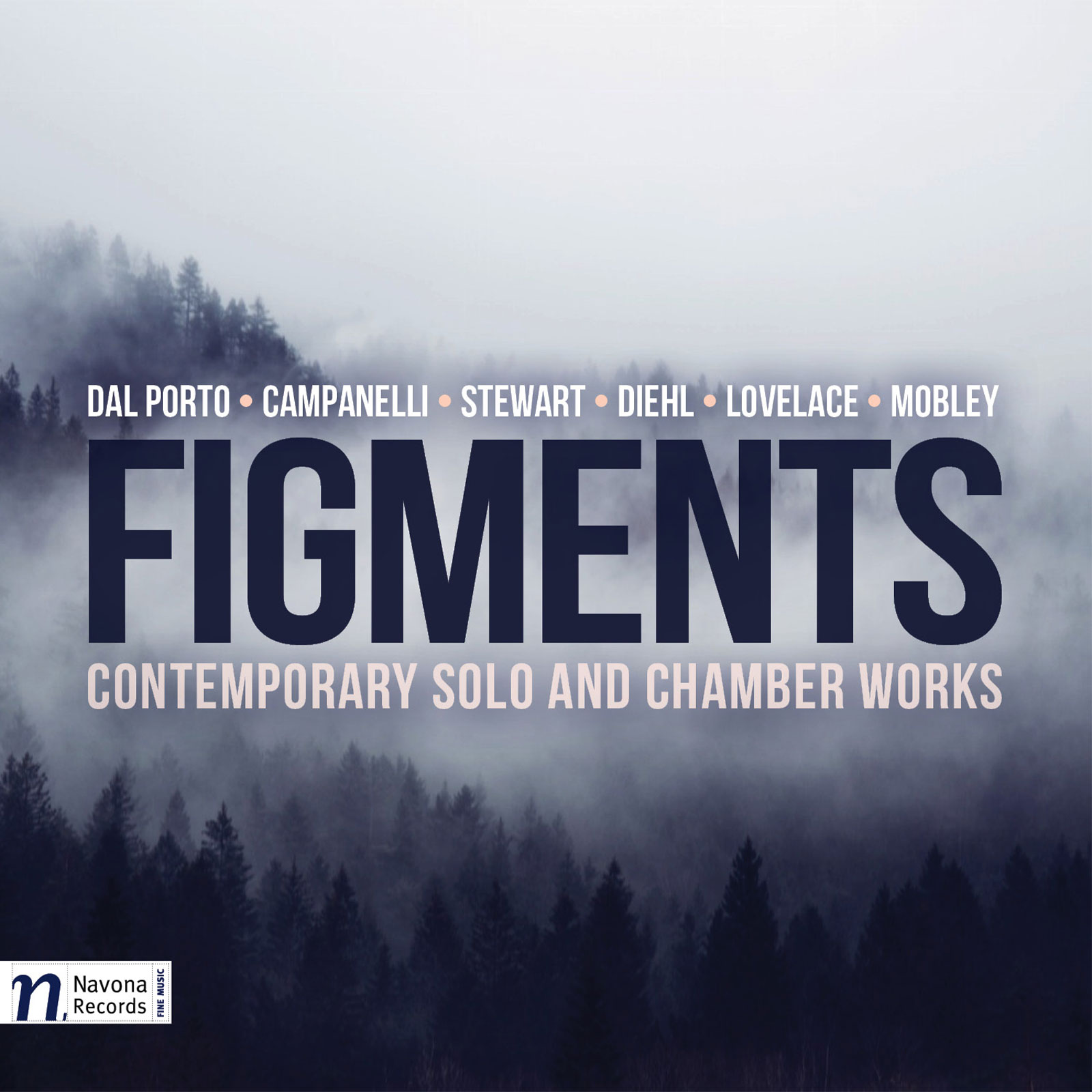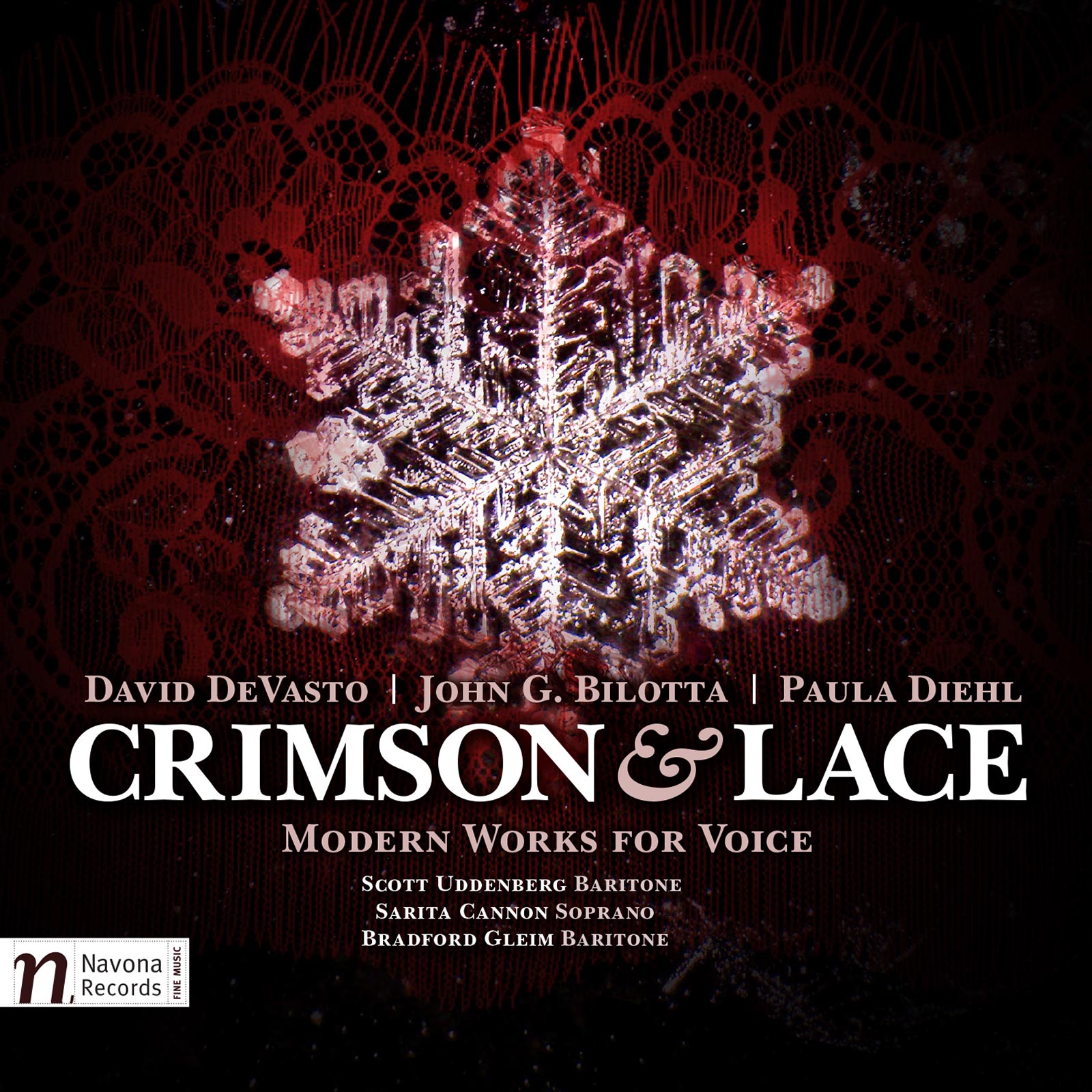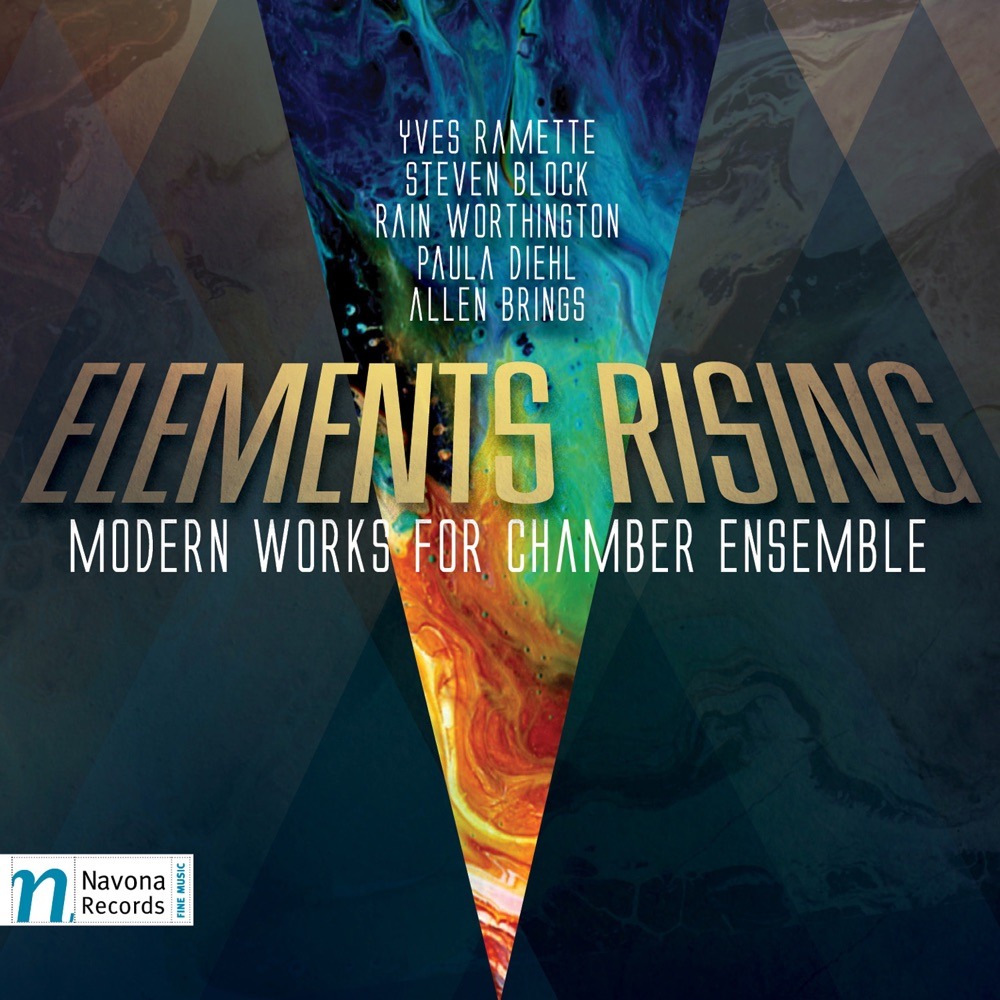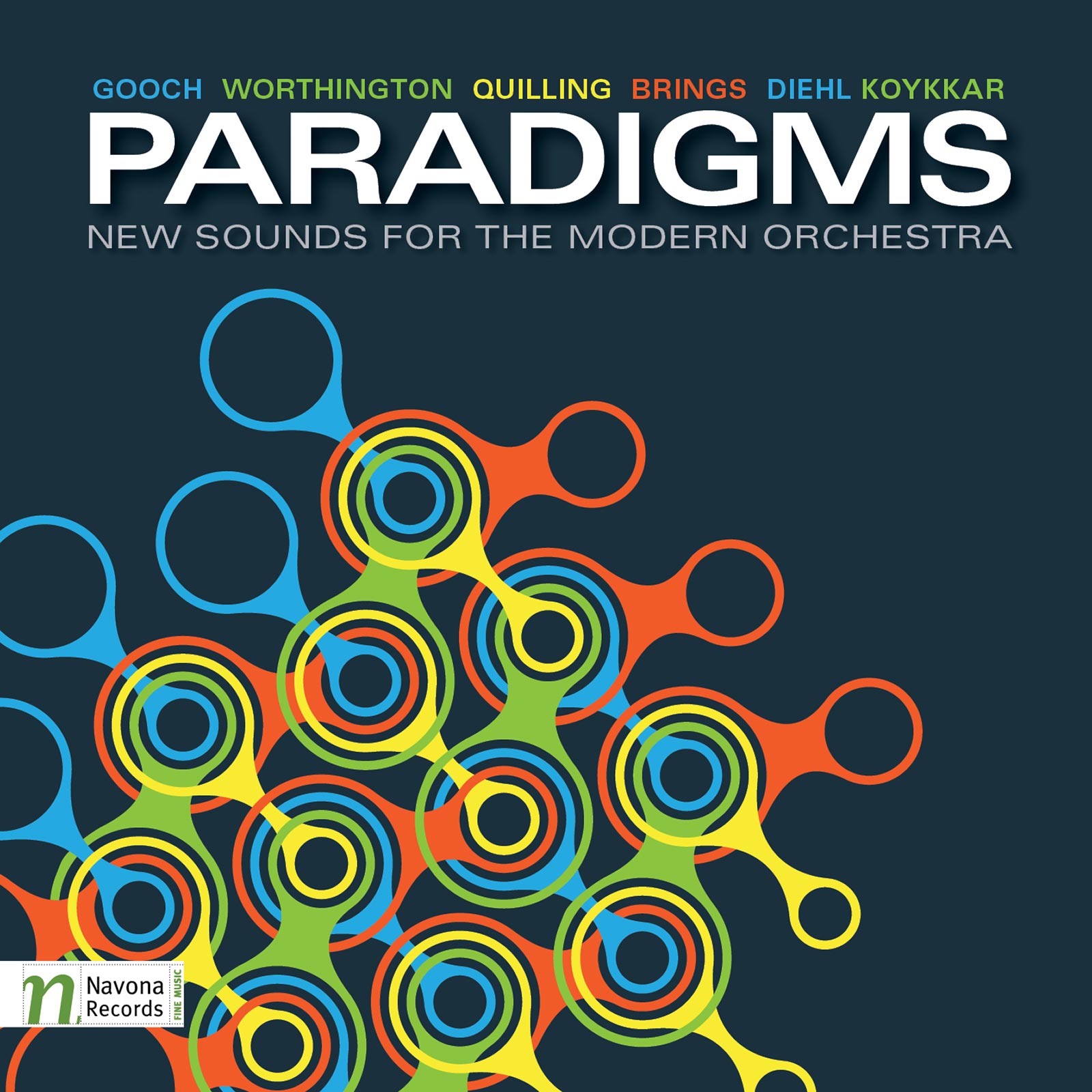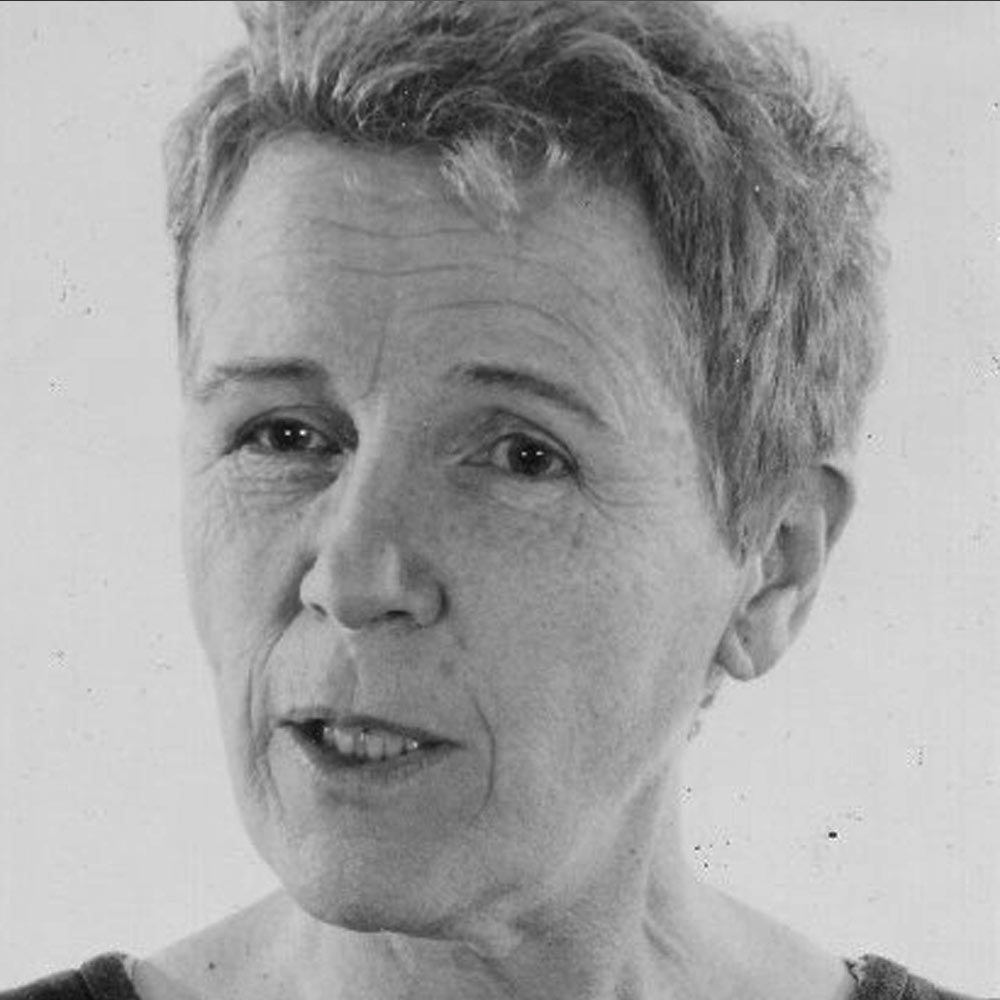
Paula Jespersen Diehl came to New Jersey from China as an infant with her Danish parents and older brother. From her time of awareness, she heard music in the home. She and each of her three brothers studied a musical instrument; her mother listened to opera and played Danish songs on the piano for the children to sing, and her father and an uncle sang Danish songs. Diehl soon hated piano lessons with a passion and begged her mother incessantly to let her stop, which she finally did. An about-face occurred twenty years later. It started with the purchase of an old piano, playing on it simple Stephen Foster songs, other simple American songs, and simple Bach works, and ended with a decision to return to college to study music.
During semesters at American University in Washington DC, while she was taking courses needed to enter a master’s program, Diehl and two peers fervently discussed the need to have a new composition system. In 1978, Diehl came up with one. She named it “Separation.” Separation was barely acknowledged by the Temple University music professors with whom Diehl studied for her master’s. In spite of this, between homework and travel into the city of Philadelphia, she started writing pieces of music according to the strict regulations the system imposed. Before graduating in 1982 with an M.M., she formed the group SOUNDS, a 4 to 6 member ensemble, to perform
pre-structured improvisations according to the Separation system.
In 1985 Diehl entered the field of dance, writing music to represent her choreographic ideas as well as choreographing dance to represent her musical ideas. By 1992, having said more or less what she wanted to in dance, she left the field but continued writing music on a regular basis. Diehl has had several works recorded, varying from choral pieces, string quartets, orchestral works, and chamber ensemble pieces. Her works have been featured on the Navona compilations PARADIGMS (2012), ELEMENTS RISING (2015), and CRIMSON & LACE (2015).
Albums
Separation
Catalog Number: NV6044
Figments
Catalog Number: NV6023
Crimson & Lace
Catalog Number: NV6006
Elements Rising
Catalog Number: NV5990
Paradigms
Catalog Number: NV5880
